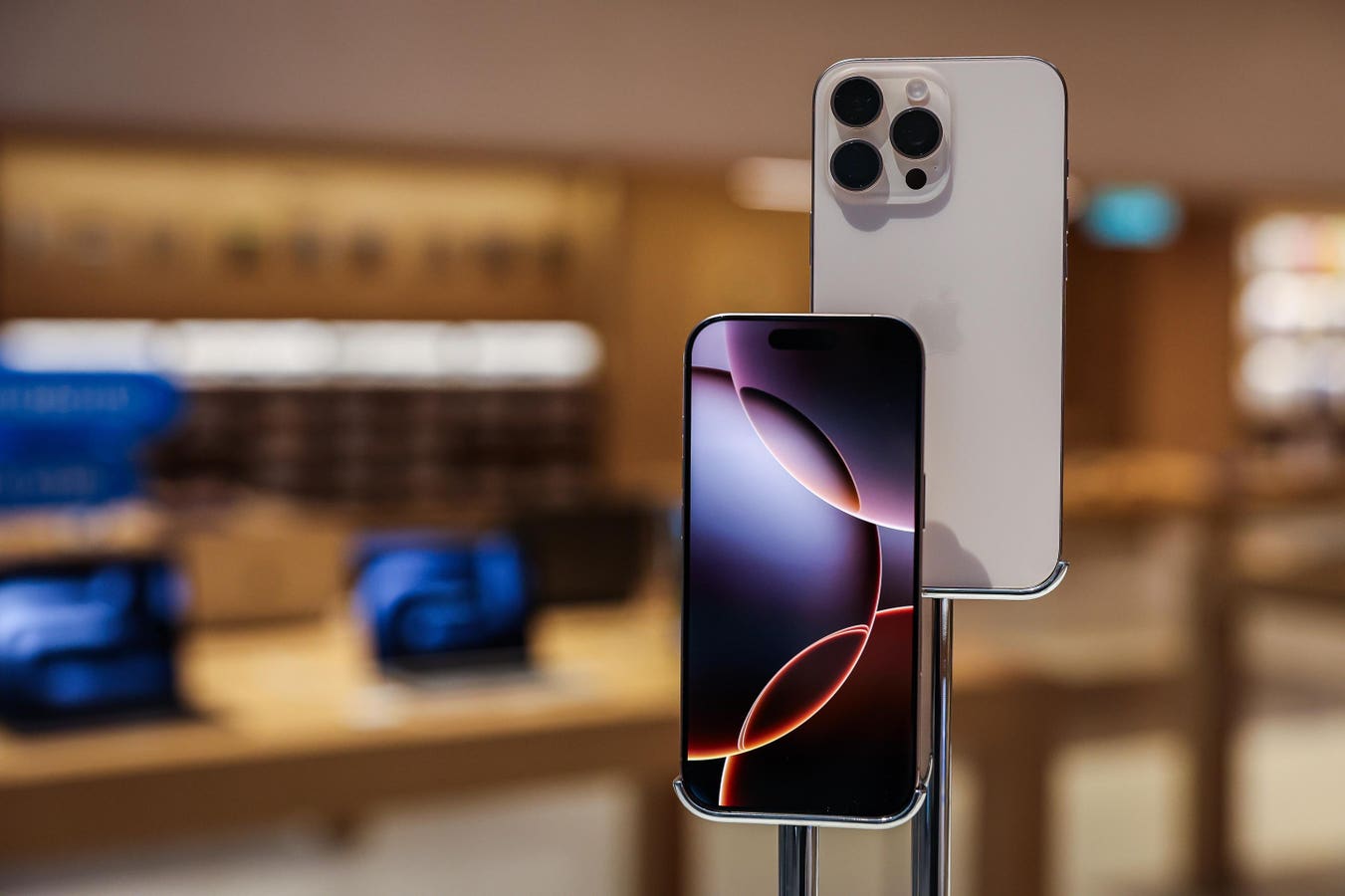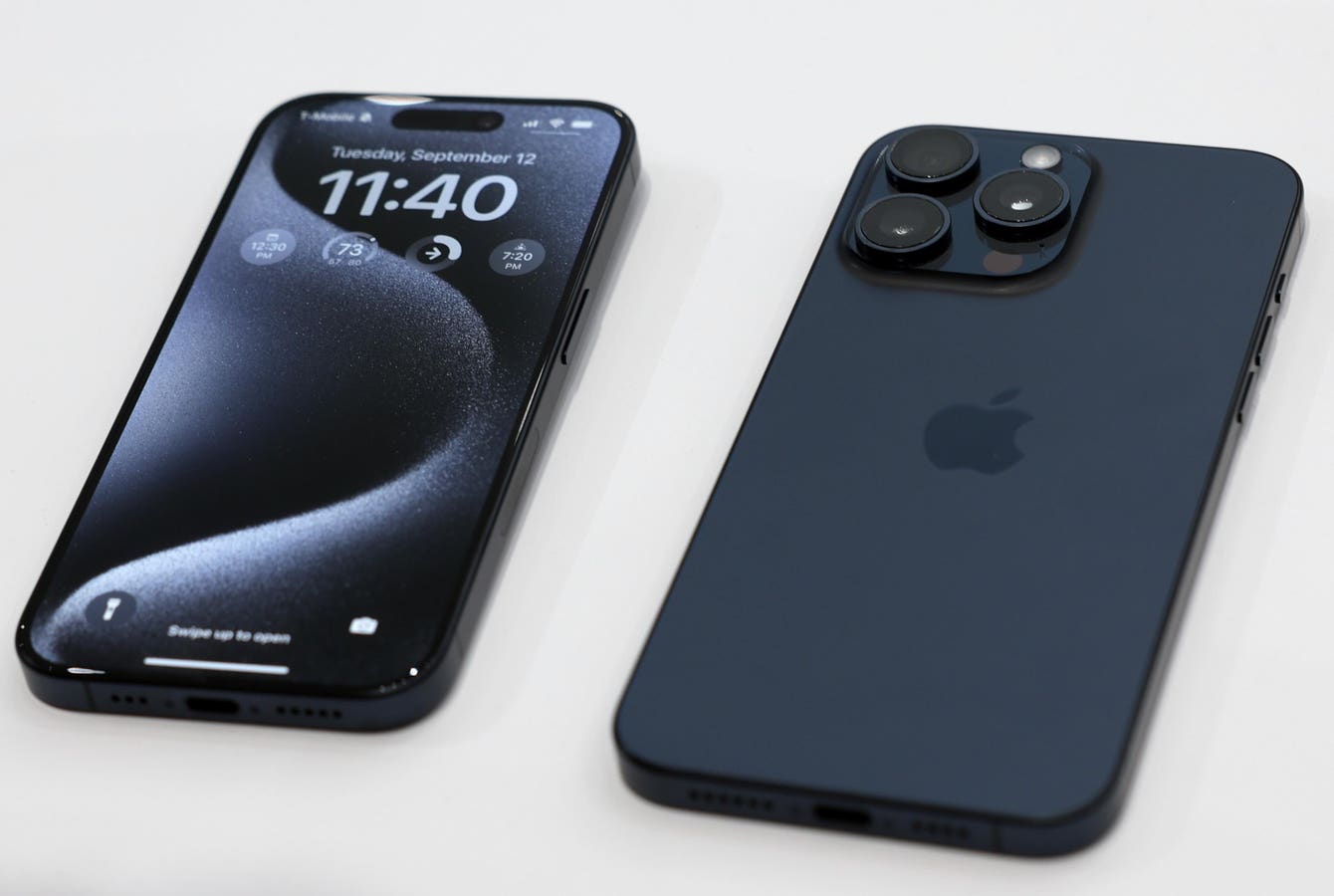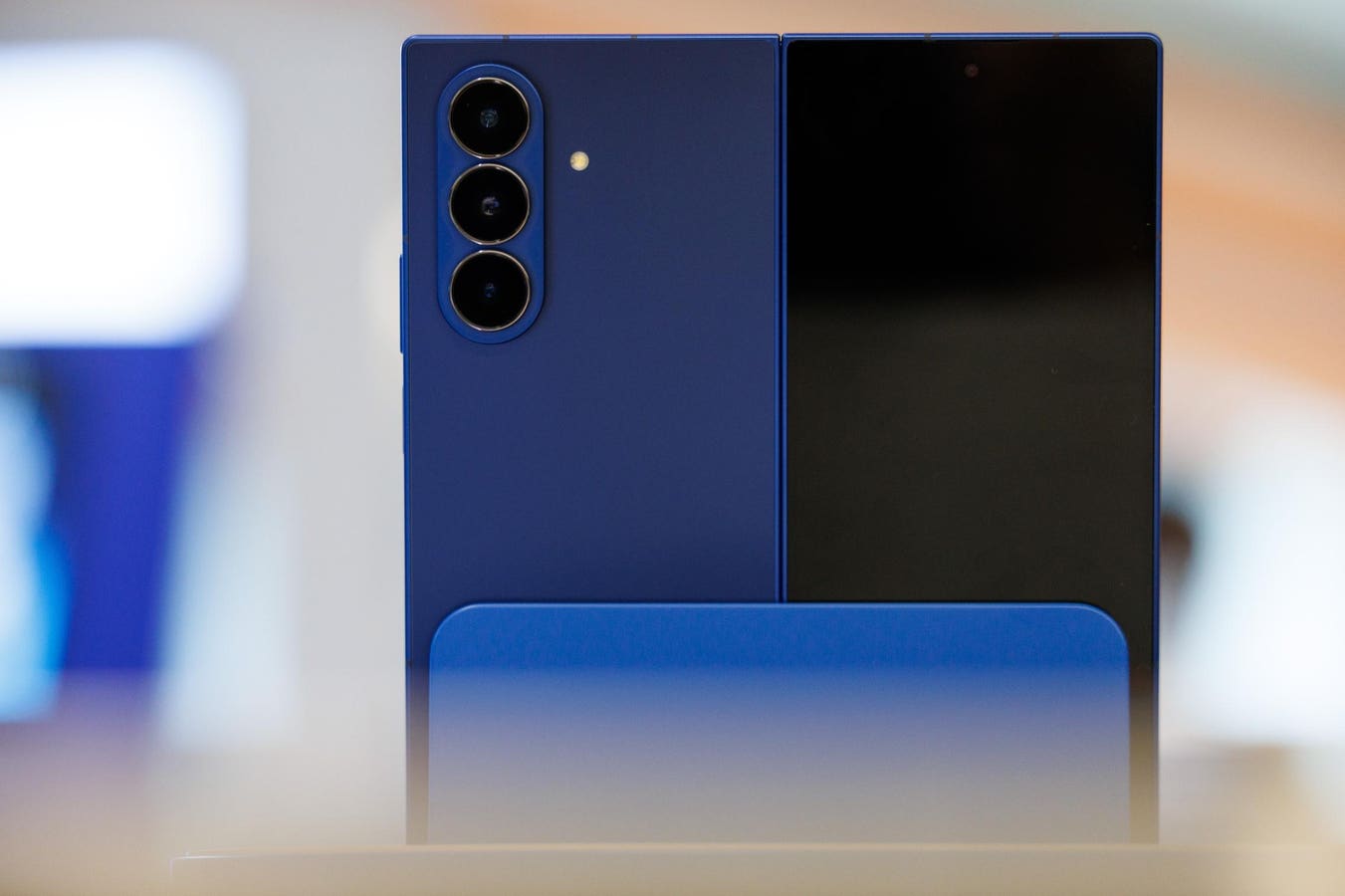Updated Aug.18 with more details of how the iPhone 17 Pro will see major design changes.
A new report claims that the materials which will be used in the iPhone 17 Pro and iPhone 17 Pro Max (thought to go on sale on Friday, Sept. 19 — read full details of the release schedule here) are going to change significantly from what’s in the iPhone 16 Pro right now. Now a report adds that the eSIM-only design of the iPhone’s Pro models will become more widespread, though not for everyone. More on that later.
Apple iPhone 16 Pro: a new design is coming, it’s claimed.
Getty Images
First, there has been persistent talk of a switch from a titanium chassis (which is what the Pro iPhones currently have) to aluminum. The latest leak suggests that an aluminum chassis will be used, and an aluminum backplate, but for a cut-out of glass.
Vadim Yuryev, host of the Max Tech YouTube channel has posted on X that explains, “ass, including a leaked photo of a REAL milled aluminum chassis from @MajinBuOfficial that many people missed,” as he puts it.
The post shows what claims to be an iPhone 17 chassis made of metal, with the surrounds for the iPhone’s cameras and the camera panel itself made of metal, not glass.
If true, and the jury’s still out on that, it would be a radical design change. It’s been years since the iPhone has had a metal back, favoring glass not least because it makes wireless charging possible.
The cut-out on the back would be to allow a glass section, so this form of charging can still happen.
Well, it’s possible, I guess. Google had a similar system for a recent Pixel phone, (the Pixel 8a) which had a composite material over the metal frame, again to allow wireless charging through a cut-out. And aluminum could allow a lightweight way to build strength into the chassis.
Even so, I’ll confess that I’m skeptical.
Still, Tim Hardwick at MacRumros has a good point: “Aluminum is roughly 40% lighter than titanium at similar volumes, so we could see the iPhone 17 Pro models carrying less weight. Aluminum is also a far better thermal conductor than titanium, so heat generated by the A19 Pro chip and battery may dissipate faster. Apple is also rumored to be using a new internal design that incorporates a vapor chamber heatsink to improve thermal performance,” he says.
More details as they emerge.
As for the SIM card tray which is now absent from all iPhones sold in the U.S., leaked images show the SIM card tray will still be a part of Apple’s design for some countries.
Apple switched iPhones in the U.S. to eSIM only in 2022 with the arrival of the iPhone 14. In other countries, the SIM card is still needed, as not all countries support eSIM. In many places, pay-as-you-go iPhones need a physical SIM card still.
That said, there’s no doubt that eSIMs are secure and can’t be removed from a phone that’s lost or stolen, for a start. Users in many countries have switched to eSIM when upgrading to the latest iPhone, for instance, and the phone’s capability to hold multiple eSIMs is a boon when you’re traveling, for a start.
Until now, the missing SIM tray has been replaced with a spacer, but there are some reports that this year, for the first time, Apple may redesign the battery for U.S. iPhones to take up the empty space.









